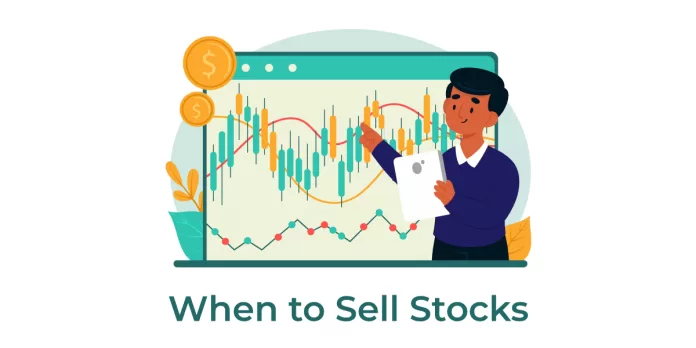Selling a stock can be tricky because most investing advice centers around buying. Should you sell when the price is rising to make some cash, or when it’s falling to cut your losses? Maybe you’re tempted to sell because everyone’s talking about cryptocurrency, and your stocks seem stagnant. These decisions can be confusing, but I’ll simplify things by sharing three practical scenarios in which it makes sense to sell.
The Problem with Typical Selling Questions
The common questions investors ask—like whether to sell when a stock is going up or down—focus too much on what you originally paid for it. However, the price you paid has no bearing on the stock’s current performance or potential. Stocks don’t care who owns them; they’re not sentimental. Whether you bought high or low, what matters is how the stock is performing now and whether it’s still a good investment. So, let’s focus on what’s really important.
When It’s Time to Sell
Here are the three situations when selling a stock might be the right choice:
1. Better Opportunities
If you find a better investment opportunity, it could be time to sell. For example, in the 2000s during the tech bubble, the market capitalization of a major IT company exceeded the total potential revenue for the entire sector. This was the time to say goodbye to that stock and look for stocks in other sectors that offered better opportunities. It’s like swapping your favorite Indian snack for one that’s even tastier.
2. Major Changes in the Business
If the fundamental characteristics of a business change, it might be time to reconsider your investment. For example, in 2020, airline and multiplex chain stock PVR stocks plummeted due to the massive impact of the pandemic on the industry. Similarly, a good Indian example is MTNL (Mahanagar Telephone Nigam Limited). Once a significant player in the Indian telecom sector, MTNL faced stiff competition from private operators. Company’s market share shrank and its financial health deteriorated, it lost the competitive edge it once had. If you held MTNL stock during its decline, it might have been a sign to sell, recognizing that the business dynamics had shifted dramatically.
3. Too Much in One Stock
Diversification is key to a healthy portfolio. If a single stock becomes too large a part of your holdings, it could be risky. Hence, it’s important to maintain balance, for solid portfolio performance.
The “Do Nothing” Zone
Selling isn’t always the best course of action. If you’re unsure whether to buy more or sell, it might be best to do nothing. This approach avoids transaction costs and potential taxes on profits. It’s a middle ground where you can hold on to a stock without necessarily buying more.
Summary
Deciding when to sell a stock can be challenging, but there are three scenarios where it makes sense: when better opportunities arise, when there’s a significant change in the business, or when a single stock dominates your portfolio. The price you paid for a stock doesn’t matter; what matters is its current and future potential. By focusing on these factors, you can make more informed decisions about when to sell.


